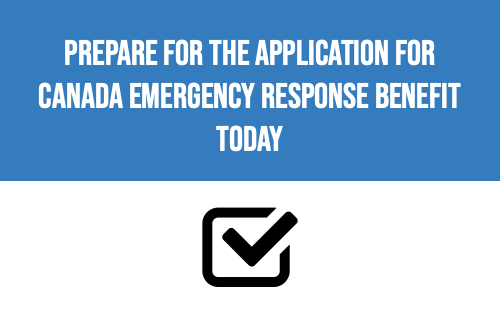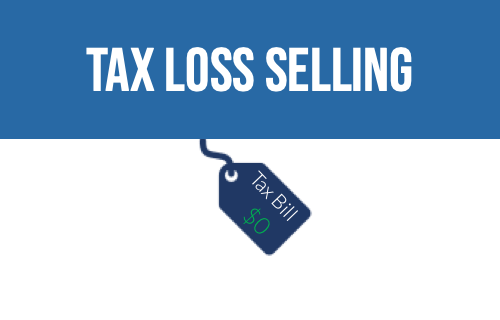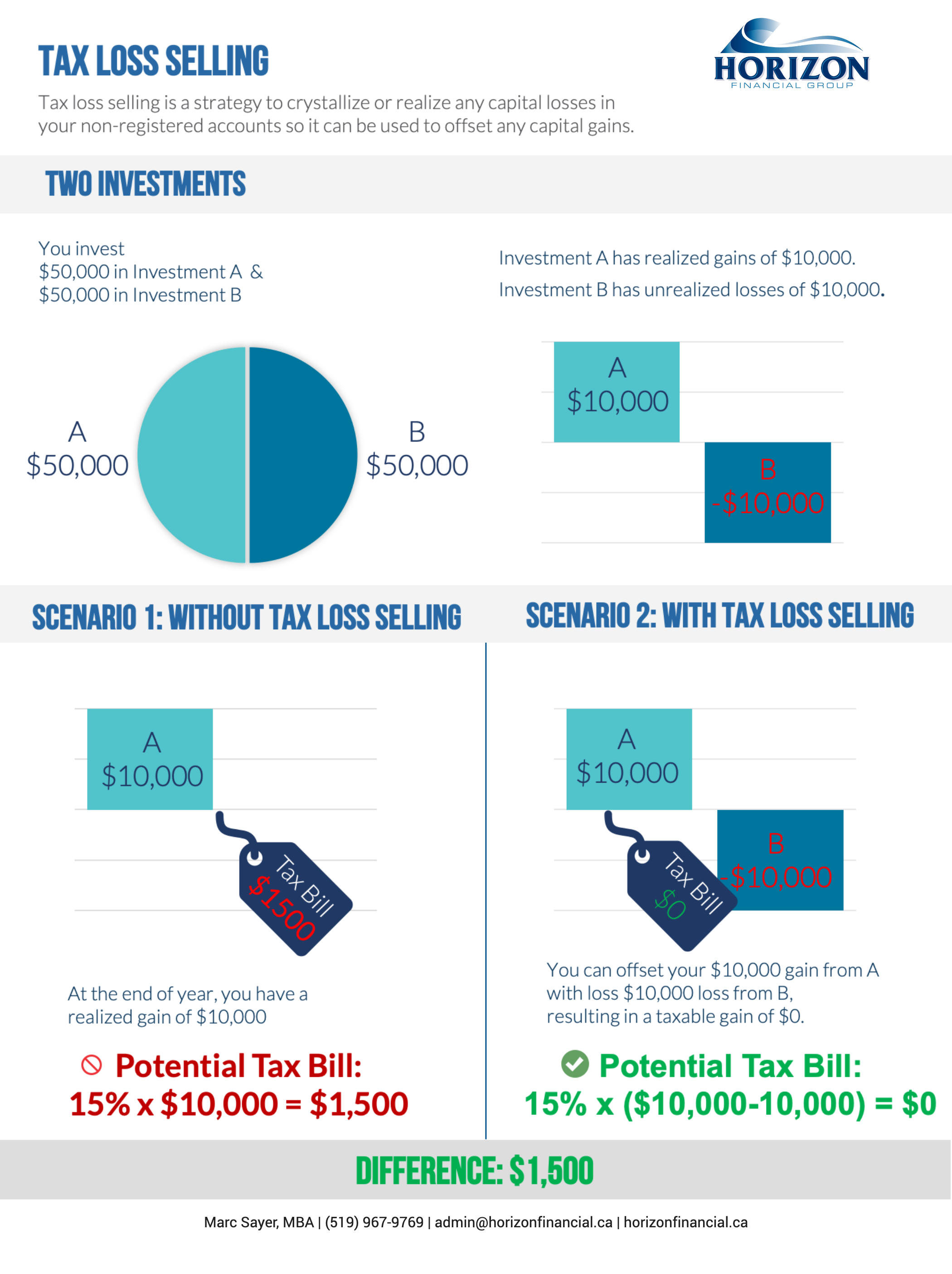Accepting Applications starting April 6th – Canada Emergency Response Benefit (CERB)
The sheer volume of applications for the Canada Emergency Response Benefit (CERB) will likely overwhelm the system. If you or someone you know need to apply for this benefit, we suggest you prepare TODAY before the applications begin:
-
Double check your myCRA account username and password
-
Direct Deposit is setup
-
3 – 5 days via Direct Deposit vs 10 days via cheque in the mail
-
You should double check your myCRA username and password by signing in at:
If you do not have direct deposit setup with CRA, you can set it up TODAY at:
To help manage the volume, the CRA has setup specific days for you to apply based on month of birth.
If you were born in the month of:
-
January | February | March: Mondays – Best day to apply is April 6th
-
April | May | June: Tuesdays – Best day to apply is April 7th
-
July | August | September: Wednesdays – Best day to apply is April 8th
-
October | November | December: Thursdays – Best day to apply is April 9th
-
Fridays, Saturdays and Sundays are open for any birth month
Eligibility
The benefit will be available to workers:
-
Residing in Canada, who are at least 15 years old;
-
Who have stopped working because of COVID-19 and have not voluntarily quit their job or are eligible for EI regular or sickness benefits;
-
Who had income of at least $5,000 in 2019 or in the 12 months prior to the date of their application; and
-
Who are or expect to be without employment or self-employment income for at least 14 consecutive days in the initial four-week period. For subsequent benefit periods, they expect to have no employment or self-employment income.




